Moana, the latest film from Walt Disney Feature Animation, is the powerfully moving story of a brave young girl on an epic journey to save her people. Set in the Pacific Islands, Disney has pushed the boundaries of animation to create some of the most breathtaking environments and characters you’ll find in an animated film. The skin glistens, every strand of hair seems to dance in the breeze, and the costumes, while simple in nature, are wonderfully designed to support and enhance the story.
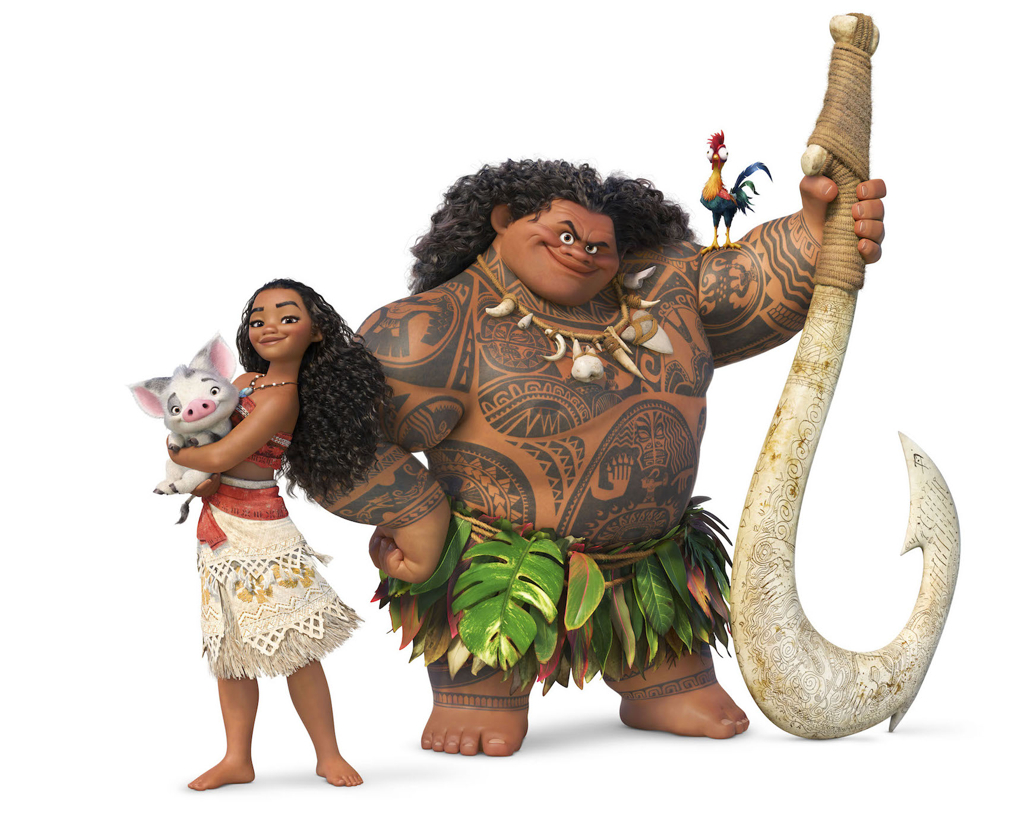
Visual Development Artist Neysa Bové was critical in the development of the costume design of Moana. Born and raised in Adorra, Spain, Neysa pursued a passion for fashion and art, studying at both Fashion Institute for Design and Merchandising (FIDM) and Cal Arts. We recently had a chance to find out more about the costume design development for Moana directly from Neysa.
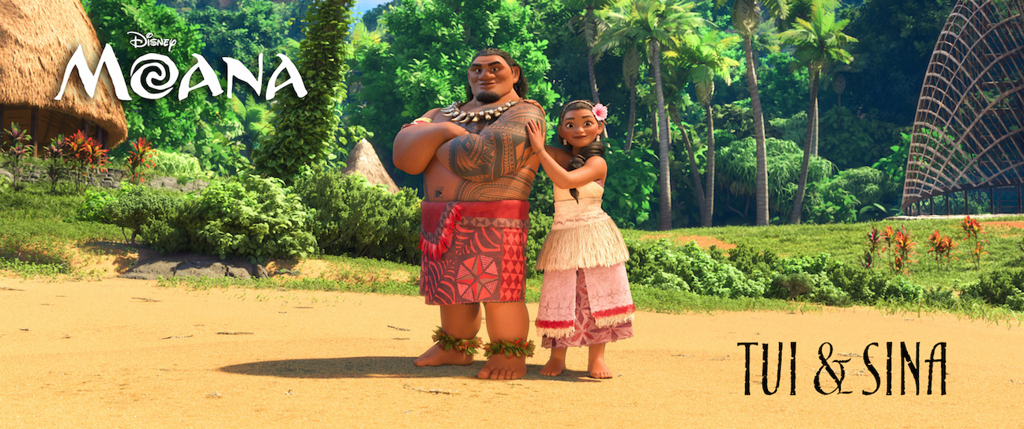
Tyranny of Style: Can you tell us about how you first approached the costume design research and development for Moana? And what was most important to the team to achieve within the overarching story of clothing as culture and character?
Neysa Bové: “The entire team’s goal was to capture the amazing Pacific Islander culture at its best, as well as creating something inspiring for the entire world to enjoy. For each character, and I’ll talk Moana specifically, I always think about our viewer- what can we design to inspire people and specifically little girls? I wanted to create something aspirational, and something that would totally transport you to the magical world of the Pacific Islands.
Secondly, research, research AND research! It is so important for all Disney films to get our facts right. The Pacific Story Trust was created, involving a lot of the Pacific Island people to help us with our research. I was very much inspired by what the directors and team came back with on their research trips. Doing my own research also helped me mold a specific look for costumes. “
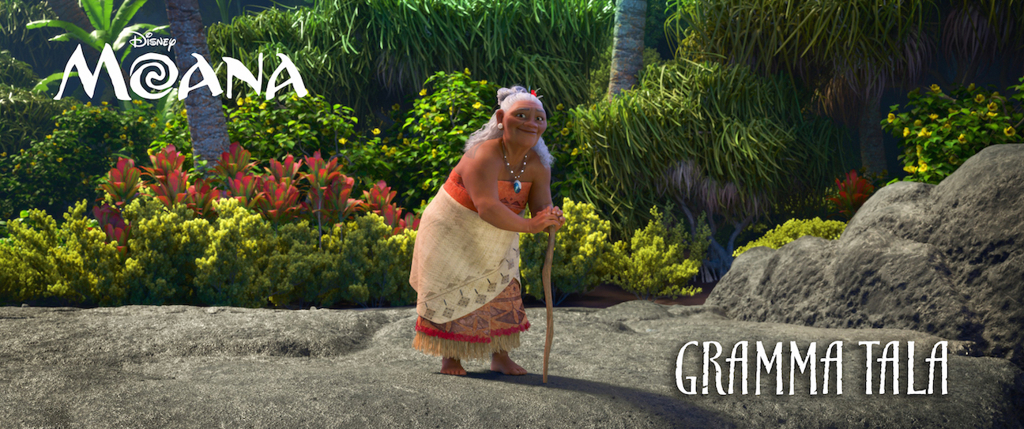
T/S: Can you talk to us about the physical materials being recreated through animation to create the authentic costume design of this world?
NB: “The biggest challenge on the film was the limited materials. We only had two, ‘tapa’ and ‘pandanus.’ Tapa is made from the mulberry tree bark. They pull out the bark and go through a strenuous process of making a mass/paste and eventually tap it all together (hence ‘tapa’). This process is very similar to making felt. The ‘fabric’ is quite soft. We don’t have easy access to this fabric in the United States, so we asked the islands to send us some for reference, and we used it for our film. Similar story with the pandanus weaving, pandanus is actually a tree, and they pull the pandanus leaves and shred them into strips. These dry and later you take each piece and weave it together. You can even braid it!
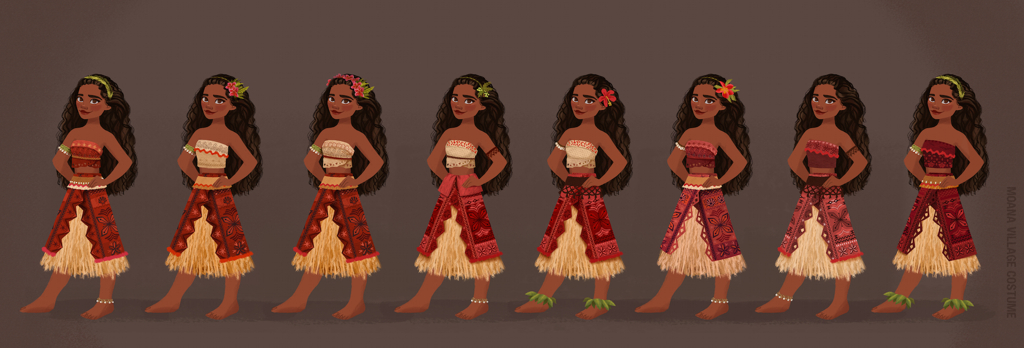
Moana costume concept art by Neysa Bové
Specifically with Moana’s outfit, her travel outfit with the salmon-orange top, and woven skirt, her bodice and sash are made from tapa. Her skirt is the woven pandanus, with added beautiful embroidery. The ‘beading’ was always made from materials that could be found in the island. We had a specific rule ‘if you can find it in the island, you can make it.’ Like on Moana’s travel outfit (orange top), creatively speaking, I added macramé, which we have no physical evidence of this being used in the islands, historically. This is when that rule comes in.”
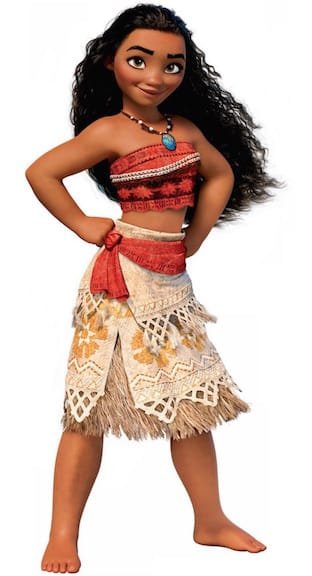
T/S: Can you talk to us about the construction and finishes of the clothing in the film, how you researched the techniques of this culture, and translated those realistically into animated costumes?
NB: “Most of the garments worn in the past 2000 years ago were just draped garments. We took the liberty of ‘interpreting’ and adding certain techniques, which we were unsure of their actual existence at the time, due to the lack of photographic reference. Like sewing as an example, some garments worn by Moana would definitely require sewing/cutting, but I was able to explain that sure enough they could create a sewing needle from a ‘whale bone’ and use ‘sennit’ (coconut fiber made into a thread) and actually sew garments.”
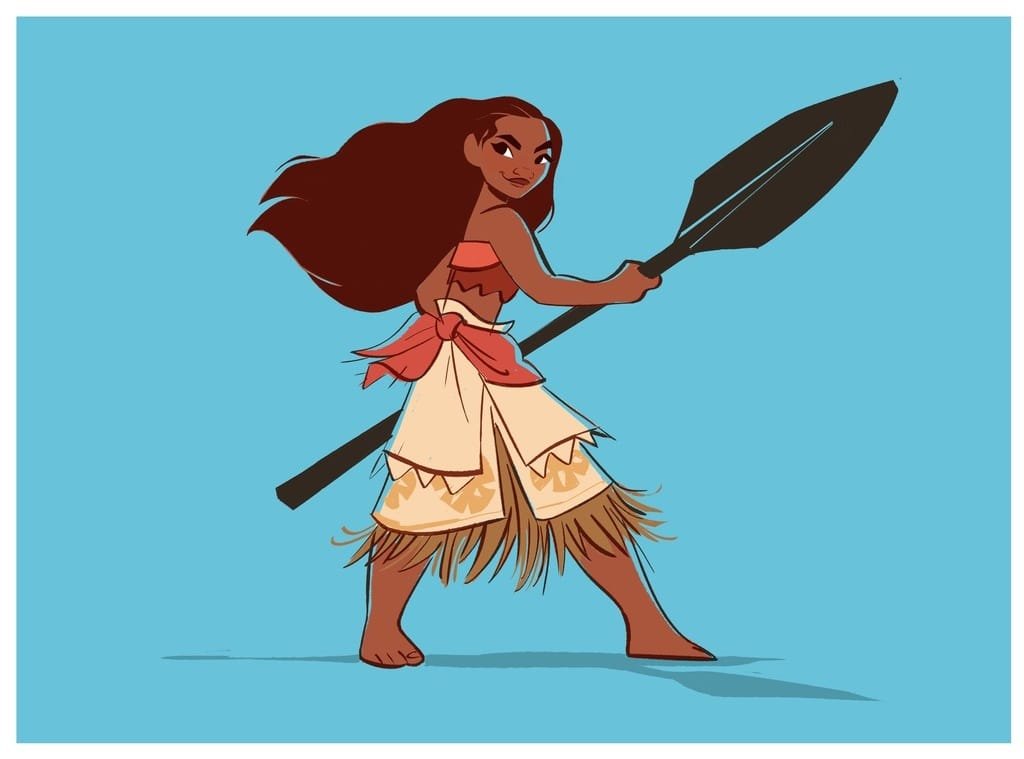
Moana concept art by Bill Schwab
T/S: Can you talk specifically about Moana, this strong girl that goes on an epic journey, and how her clothing reflects her as a character?
NB: “Moana is an action hero, and as such her clothing has to reflect that. This is why we added a slit to the front of her travel outfit skirt, to allow movement. Also, the way we design each costume is more of a fun stylized depiction of a real historical costume; we tried to be true to the real colors of the islands historically-wise. When you watch the film, notice the transition of Moana’s costume coloring, from orange hues to vibrant red. The reason we did this was to showcase the color ‘red,’ it’s a sign of royalty, so you would only see Moana and her family with this color.
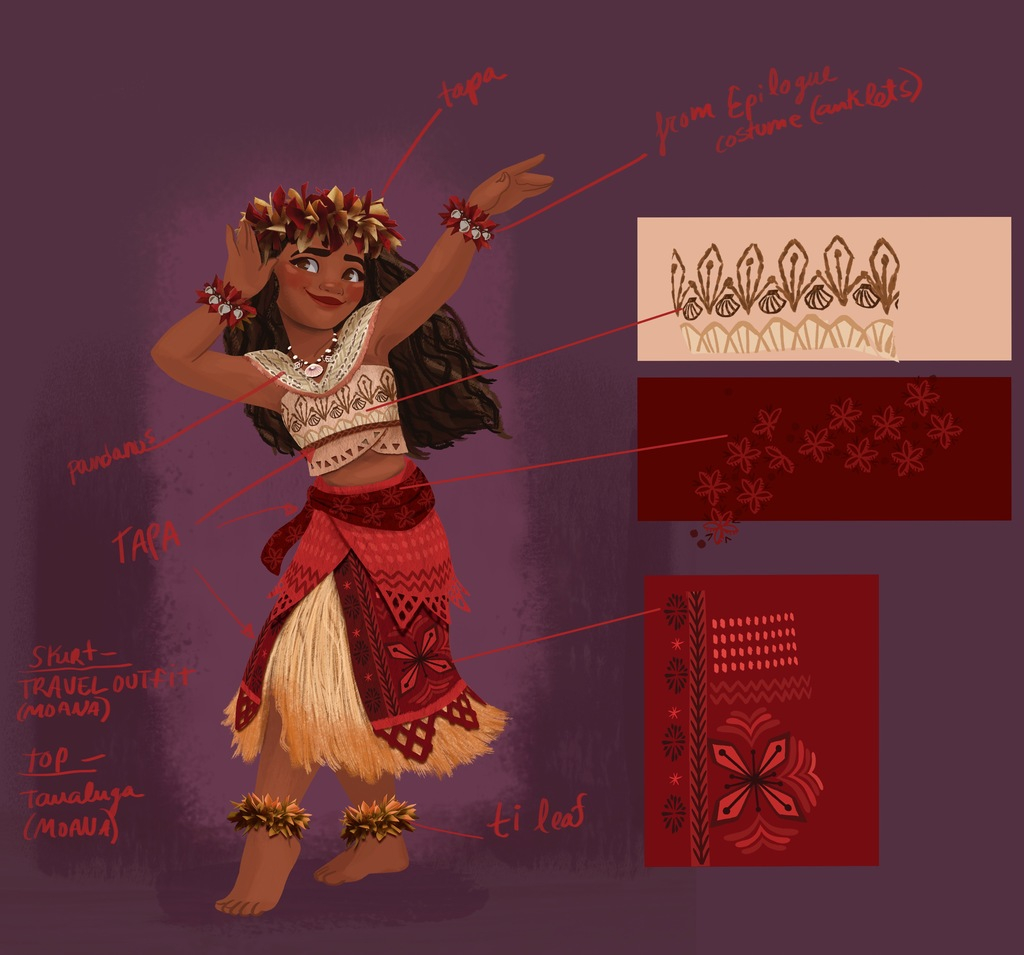
Moana costume concept art by Neysa Bové
Moana’s epilogue costume, the last one she wears, is definitely my favorite. At this point in the story, Moana knows ‘who she is’ and the costume had to reflect a strong young woman. I wanted her to almost feel ‘warrior-esque’ and empowering. I added a shoulder detail to resemble an epaulette, with red feathers and fresh leaves. Her entire bodice is made from red feathers, a symbol of royalty in the Pacific Islands. We wanted this costume to be a combination of her people of Motonui and her ancestors. The ancestor aspect was adding all of the greenery to the costume.”
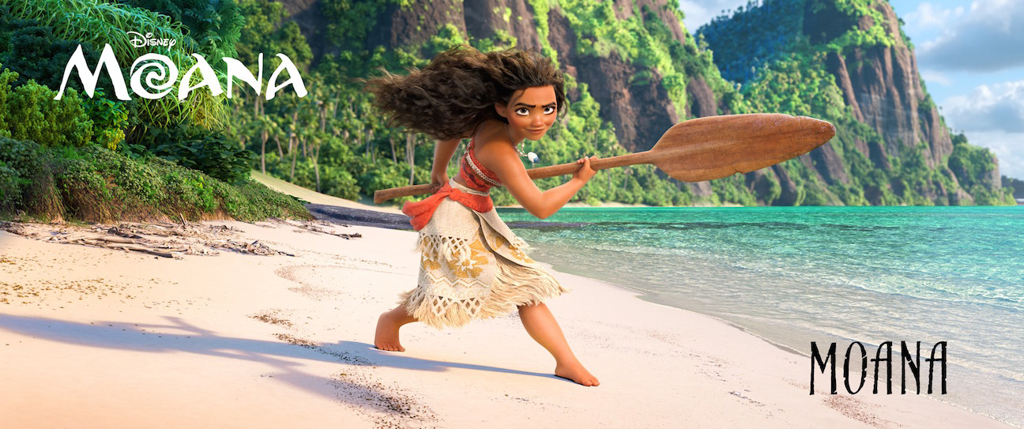
T/S: In this changing world of animation, we are seeing more of a use of costume designers, or people with a more specialized costume focus or skill set. And a lot of that has to do with the level of detail in computer animation and audience expectations. Can you talk to us about how that played out on this film?
NB: “I consider myself a visual development artist, developing costumes a lot of the time. But as an example of how collaborative Disney is- I got to design the Heart of Tefiti. I think it was crucial to have someone work on this film in the costume department because while Moana’s world is fictional, we’re basing it on a real world with rich history that needs to be depicted properly, and with respect. There’s an immense amount of research that goes into it, and it really comes from everyone. My background is Fashion Design, and with the way CG is moving, you have to build pieces just like you would in real life, so I would say it’s absolutely helpful to have a costume/fashion construction knowledge to really hone in on making each piece authentic.”
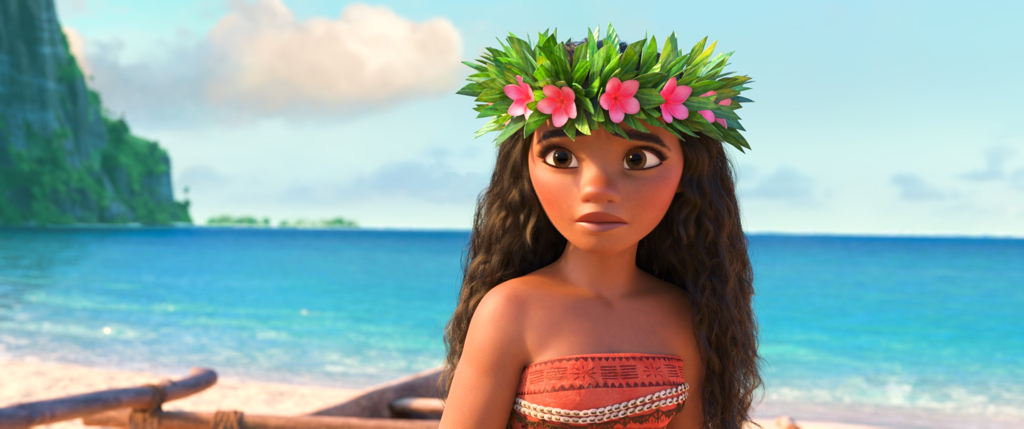
A huge thank you to Neysa Bové for taking the time to share her beautiful work and the process behind it with us. Make sure to follow her on Instagram!
If you haven’t already, make sure to check out Moana– in theaters now!

